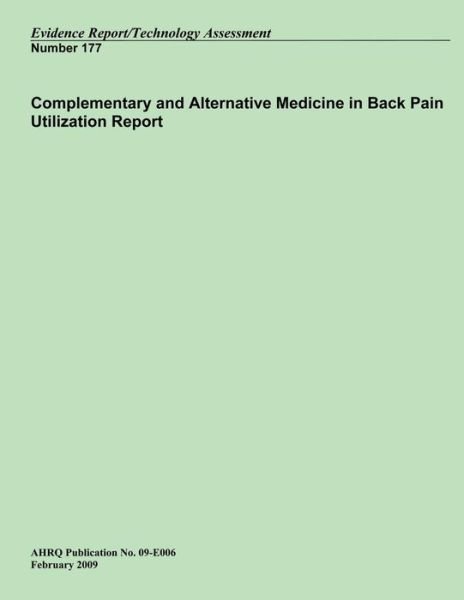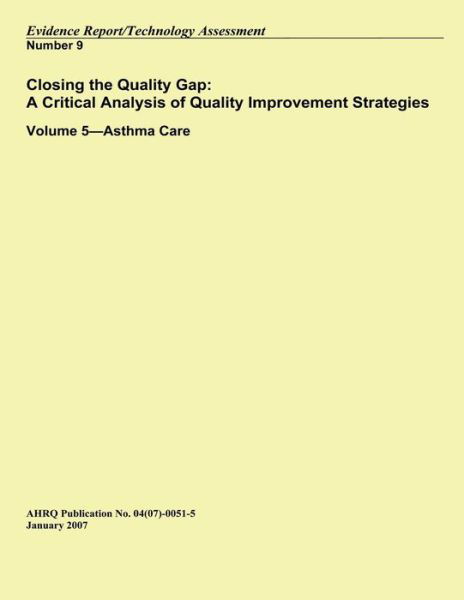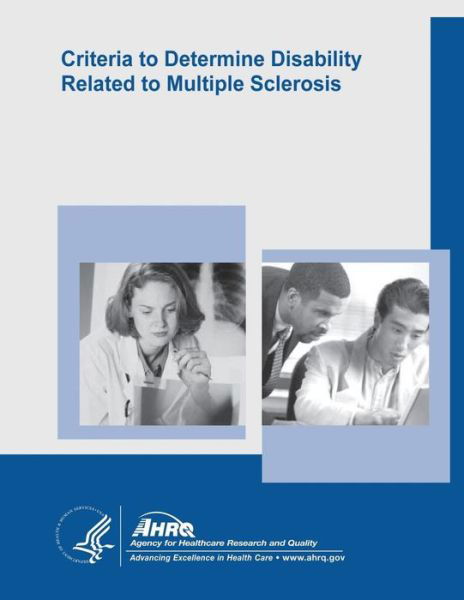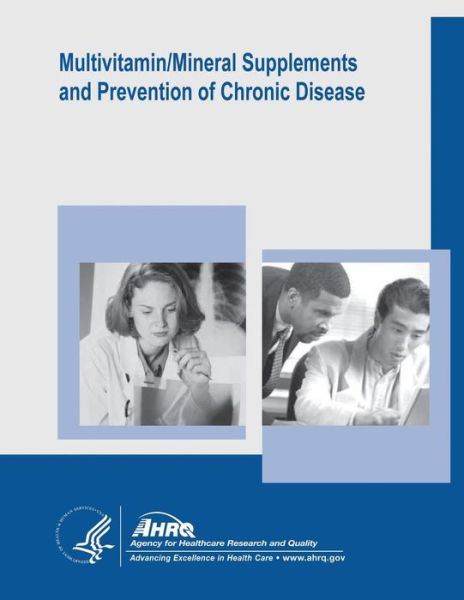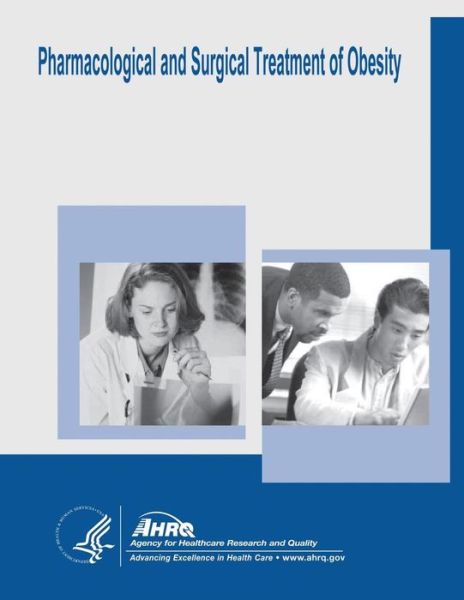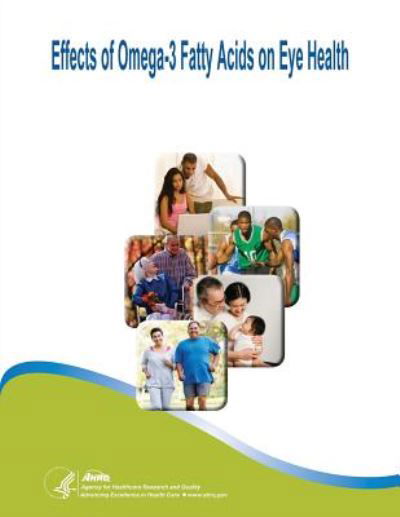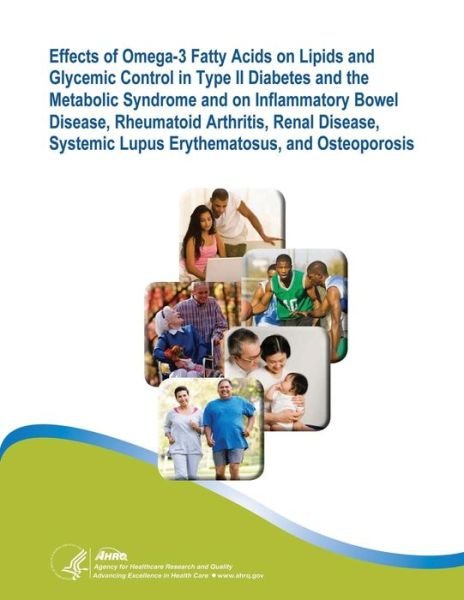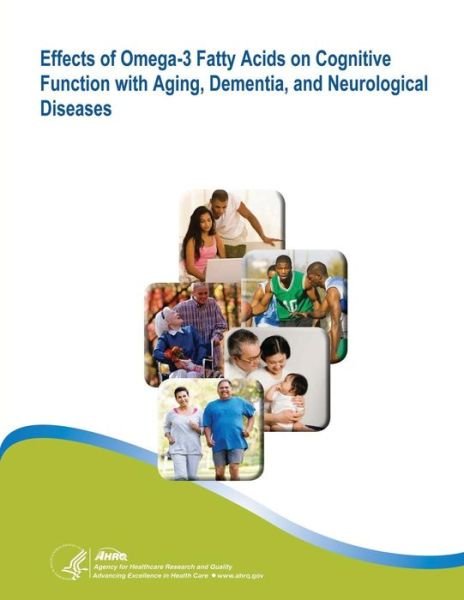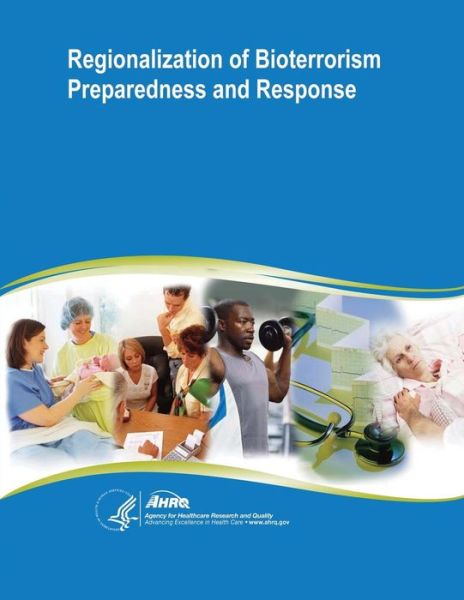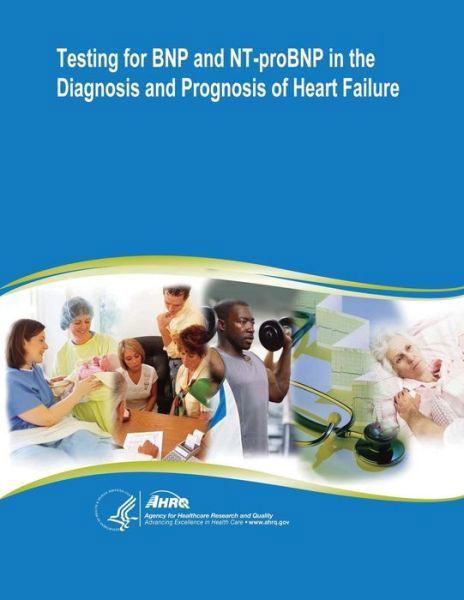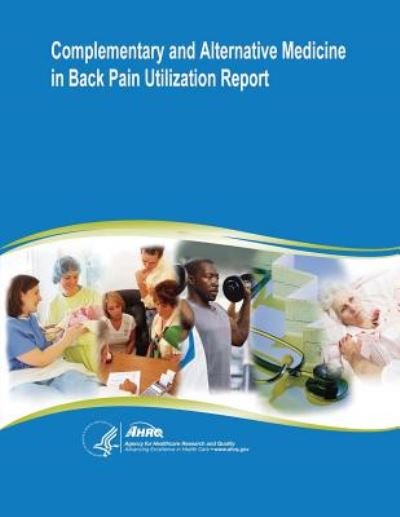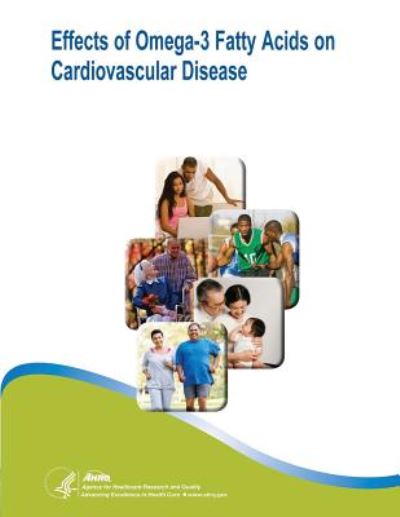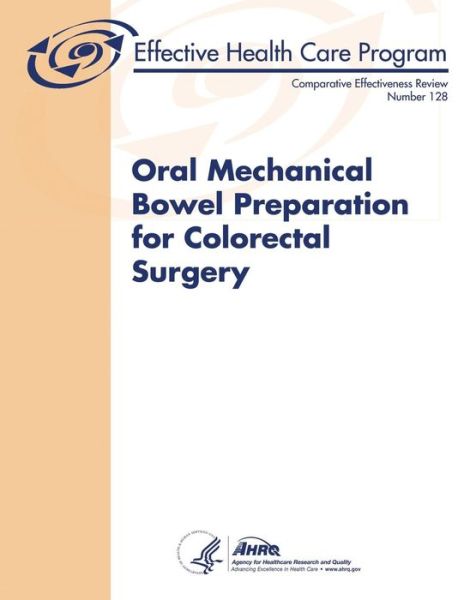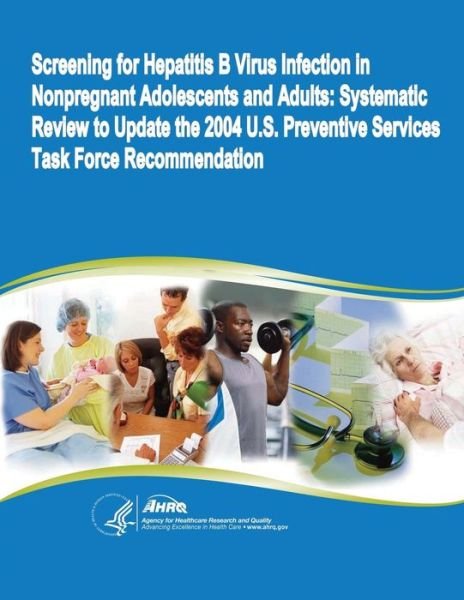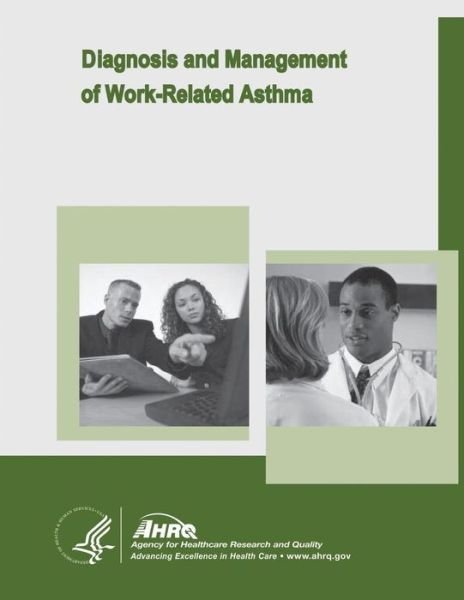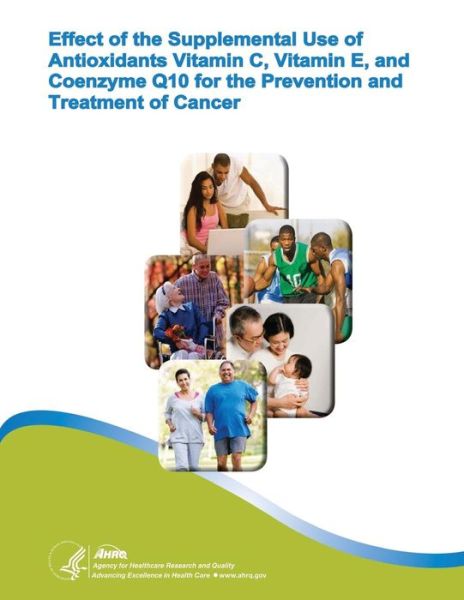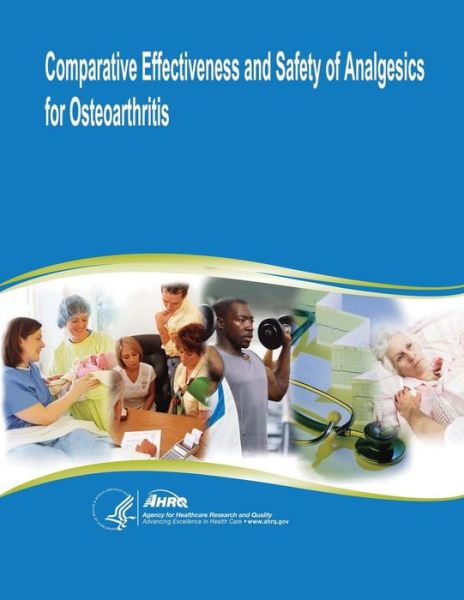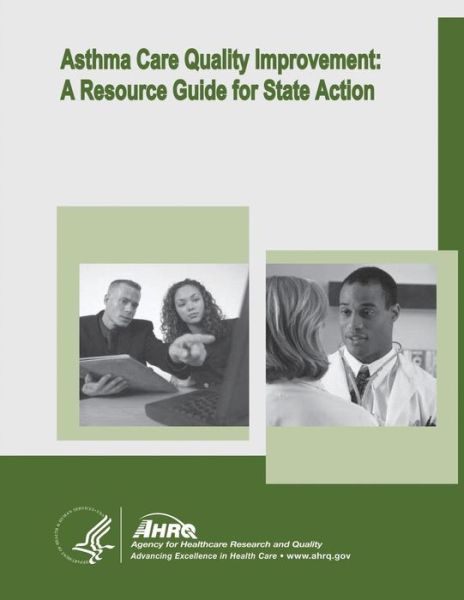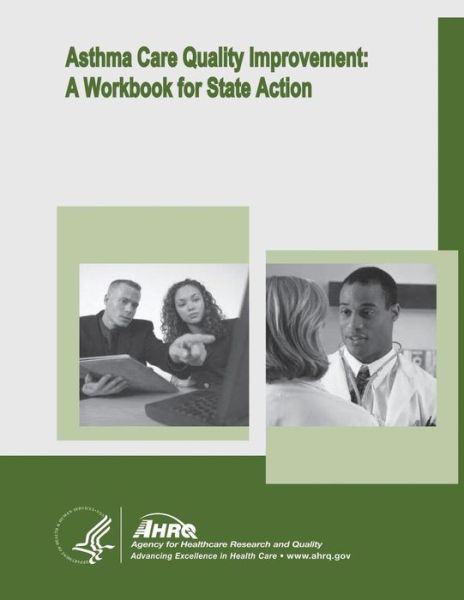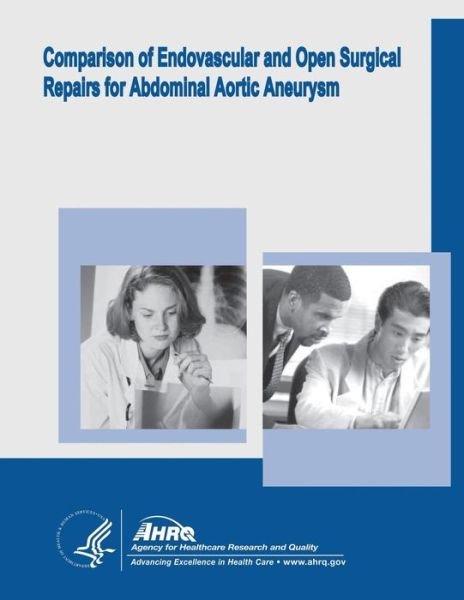
Tell your friends about this item:
Comparison of Endovascular and Open Surgical Repairs for Abdominal Aortic Aneurysm: Evidence Report / Technology Assessment Number 144
U S Department of Healt Human Services
Comparison of Endovascular and Open Surgical Repairs for Abdominal Aortic Aneurysm: Evidence Report / Technology Assessment Number 144
U S Department of Healt Human Services
Publisher Marketing: An abnormal bulging of the abdominal aorta, called an abdominal aortic aneurysm (AAA) is a potentially serious condition that can lead to death if it ruptures. An AAA is considered present when the maximum diameter of the aorta below the renal arteries (infrarenal AAA) expands to exceed 3.0 cm. In the United States, rupture of AAA accounts for approximately 9,000 deaths annually. Another 30,000-40,000 patients undergo elective surgical repair of asymptomatic AAA to prevent rupture, with perioperative mortality ranging from 2-8 percent. Death due to AAA rupture or repair is the thirteenth leading cause of death in the United States and tenth among older men. The majority of AAAs remain asymptomatic for years, though the risk of rupture increases with AAA size. Immediate death can result, and mortality remains between 40 and 60 percent, even when emergency care and repair are undertaken. Management options are primarily based on patient's life expectancy and AAA size and include no treatment, active surveillance and delayed repair, immediate open surgical repair (OSR), and endovascular aneurysm repair (EVAR). Recent recommendations for AAA screening in high-risk populations along with emerging endovascular methods for repair have led to increased interest in evaluating the effectiveness and adverse effects of treatment options for patients with AAA. The following questions were addressed related to elective treatment of nonruptured AAA that were nominated by America's Health Insurance Plans (AHIP). 1. What are the comparative effectiveness and adverse effects of treatment options of AAA including active surveillance, open repair, and endovascular repair? 2. What is the relationship of volume, both hospital and physician, to the benefits and harms of endovascular procedures to repair AAA? 3. How do the characteristics of the aneurysm (size/location/shape) and the patient (age/gender) affect the benefits and harms of endovascular and open-surgical repair? 4. What are the costs-benefits for each of the procedures?
| Media | Books Paperback Book (Book with soft cover and glued back) |
| Released | May 30, 2014 |
| ISBN13 | 9781499725407 |
| Publishers | Createspace |
| Pages | 220 |
| Dimensions | 216 × 279 × 12 mm · 521 g |

 Christmas presents can be returned until 31 January
Christmas presents can be returned until 31 January




